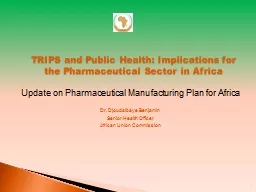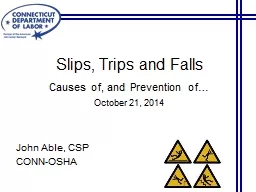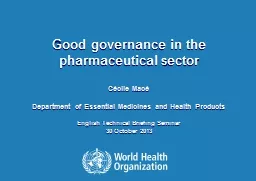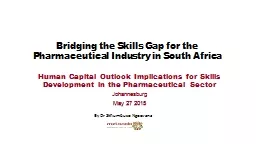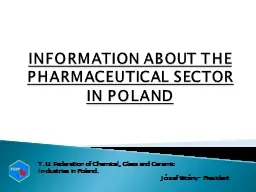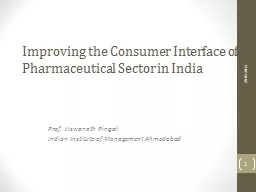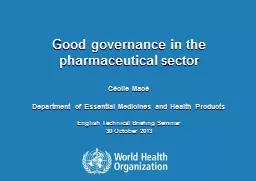PPT-1 TRIPS and Public Health: Implications for the Pharmaceutical Sector in Africa
Author : lindy-dunigan | Published Date : 2019-02-22
Update on Pharmaceutical Manufacturing Plan for Africa Dr Djoudalbaye Benjamin Senior Health Officer African Union Commission Presentation outline Definition
Presentation Embed Code
Download Presentation
Download Presentation The PPT/PDF document "1 TRIPS and Public Health: Implications ..." is the property of its rightful owner. Permission is granted to download and print the materials on this website for personal, non-commercial use only, and to display it on your personal computer provided you do not modify the materials and that you retain all copyright notices contained in the materials. By downloading content from our website, you accept the terms of this agreement.
1 TRIPS and Public Health: Implications for the Pharmaceutical Sector in Africa: Transcript
Download Rules Of Document
"1 TRIPS and Public Health: Implications for the Pharmaceutical Sector in Africa"The content belongs to its owner. You may download and print it for personal use, without modification, and keep all copyright notices. By downloading, you agree to these terms.
Related Documents

